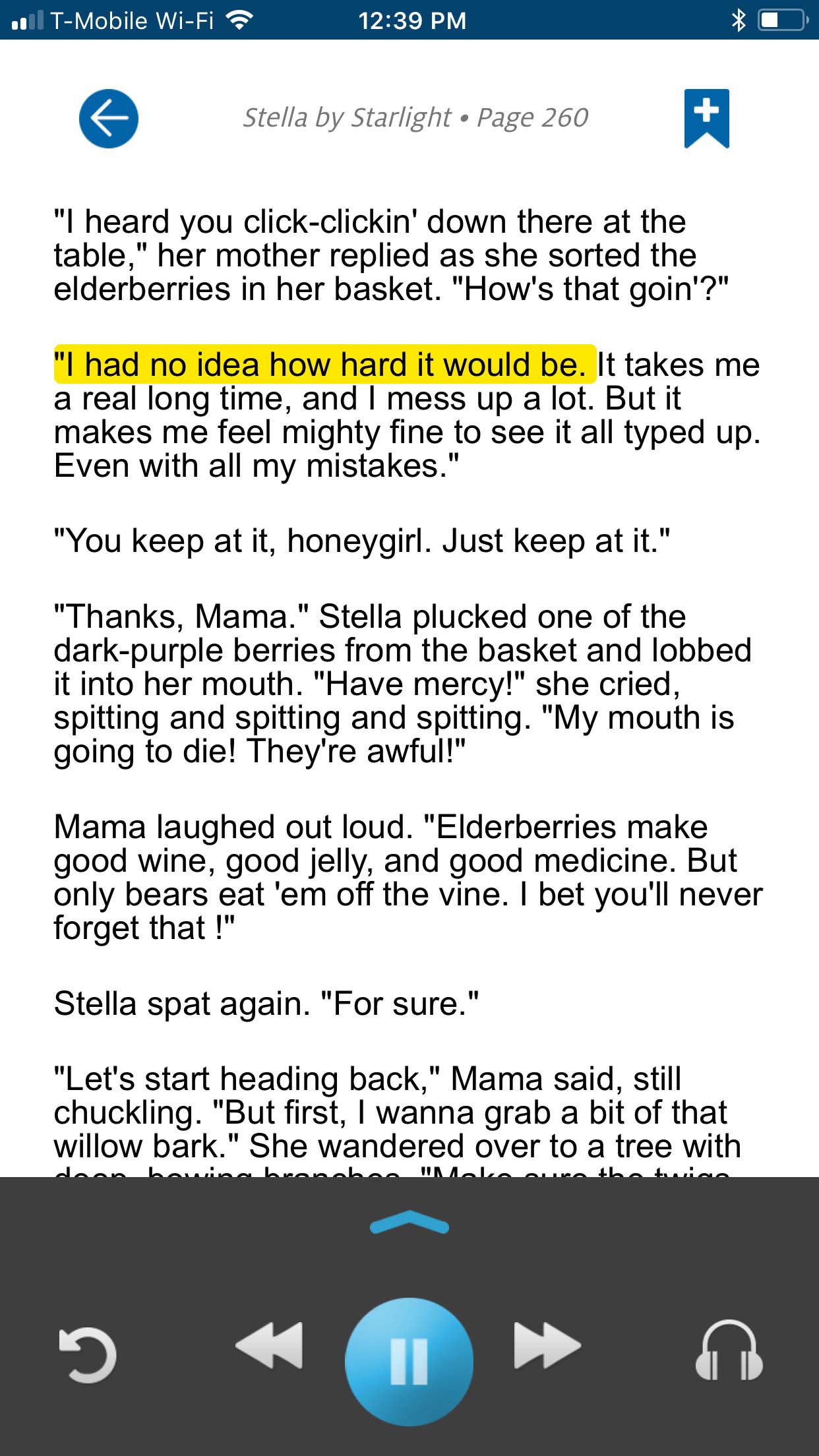By guest blogger Timmie Murphy, founder and managing member of RW&C, LLC., an online and traditional reading intervention clinic.
Reading Success: Think of Spelling and Writing as Integrated Processes
 When students struggle with reading and literacy, it is imperative that their reading intervention go hand-in-hand with writing and explicit spelling instruction. Often, in the classroom, it is the case that spelling instruction is an after-thought and is confined to spelling drills and memorization (Birsh, 2005). However, for students who struggle with dyslexia or other reading difficulties, memorization and drills are not enough and engaging in traditional spelling activities does them a disservice. Read on to learn how spelling and writing are integrated into a Structured Literacy program and how it can help students who struggle with reading.
When students struggle with reading and literacy, it is imperative that their reading intervention go hand-in-hand with writing and explicit spelling instruction. Often, in the classroom, it is the case that spelling instruction is an after-thought and is confined to spelling drills and memorization (Birsh, 2005). However, for students who struggle with dyslexia or other reading difficulties, memorization and drills are not enough and engaging in traditional spelling activities does them a disservice. Read on to learn how spelling and writing are integrated into a Structured Literacy program and how it can help students who struggle with reading.
Throughout the years as a reading specialist, I heard teachers and parents comment that a student’s spelling, “is terrible but there is always spell check!” This message implied spelling was not an important skill to spend much time. This all too common classroom philosophy continues to prevail, that if students were immersed in print, and taught to read, they would somehow magically learn to spell (Birsch, 2005). However, research has shown to the contrary that integrating spelling into a program is crucial to reading success.
 Spelling and writing are absolutely essential parts of the reading process. Students need explicit spelling and writing instruction in order to become proficient readers. In fact, research conducted by Brady and Moats in the mid to late 90’s indicated that learning to spell is a more complicated process than learning to read and requires explicit instruction (Birsch, 2005). Until students have closed the spelling gap, it is important they have access to tools to help with the writing process, such as Learning Ally's reading app.
Spelling and writing are absolutely essential parts of the reading process. Students need explicit spelling and writing instruction in order to become proficient readers. In fact, research conducted by Brady and Moats in the mid to late 90’s indicated that learning to spell is a more complicated process than learning to read and requires explicit instruction (Birsch, 2005). Until students have closed the spelling gap, it is important they have access to tools to help with the writing process, such as Learning Ally's reading app.
Without direct spelling instruction, many children will struggle to spell and ultimately to write even after their reading struggle has been remediated. Written expression is a necessary skill and needs to be explicitly taught in conjunction with reading skills. Students need to be taught about language and structure in order to learn to effectively spell and read words.
When engaging in spelling activities, the teacher, parent or reading clinician must be an active participant and must be able to accurately impart knowledge about the rules of the English language. These include a deep knowledge of phonological awareness, phonemic awareness, and phonics. Additionally, knowledge of orthography (conventional spelling rules and the representation of sounds as written symbols), morphology (prefixes, suffixes, and base word analysis), and vocabulary must be addressed during spelling instruction. These activities engage the student in a process that deciphers the reason for the spelling pattern rather than rote memory.
Many spelling difficulties arise when students are not able to accurately segment and blend the sounds in words. For example, if students do not understand that the word <tree> has three distinct sounds, they cannot accurately spell it. An essential component of effective spelling instruction is the explicit teaching of phonemic awareness. For the struggling student, it is important to incorporate a phonemic awareness component to every single lesson whether students are working on letter sounds or advanced reading comprehension until this skill is mastered.
By ensuring that students can hear and manipulate sounds in syllables and words, an effective reading instructor will make sure that students have and continue to develop the skills necessary to spell words correctly, increase written vocabulary and express ideas in writing.
In addition, students need to understand the relationship between the sounds in words (phonemes) and the written symbols (graphemes). All structured literacy lessons should focus on this relationship with both reading and writing, helping students learn and internalize basic spelling patterns to complicated patterns.
Equally important, there should be a focus on morphology which is a critical component of any spelling program. Understanding root words and rules for adding prefixes and suffixes helps students understand spelling patterns. For example, looking at the word <business>, many people may wonder where the <i> comes from since it is unvoiced. Understanding that the root word is <busy> and knowing that <y> changes to an <i> when adding a suffix (with the exception of a few orthographic rules) means that students will understand why the word is spelled the way it is and will help them internalize the spelling pattern.
By introducing, modeling, and practicing these skills explicitly, it helps students learn how to spell words correctly which improves and reinforces all literacy skills.
Having extensive knowledge of child development, a reading instructor will understand when to correct spelling and when to allow children to rely on inventive spelling that is based on their own internalized understanding of phonemes and graphemes. This allows the instructor to teach the skills that students are ready for and not skills that are above their developmental spelling level. Just like in reading, in spelling it is “not the age, it’s the stage.” Students should not be pushed to memorize spelling patterns they are not ready for because it will ultimately cause much frustration.
An effective program integrates a multi-sensory approach to spelling according to the Structured Literacy framework. Students are engaged in looking, listening, repeating, segmenting, naming, and writing spelling patterns. Words are also integrated into phrases, sentences, and paragraphs to promote and develop further understanding. Research has shown this to be the most effective way to teach spelling and to integrate it into reading and overall literacy development (Birsch, 2005).
Spelling and writing are integral parts of literacy instruction and must be included systematically and explicitly in all literacy programs, especially those designed for students with dyslexia and other reading difficulties. While one may think direct and explicit spelling instruction is a distraction from content writing, it actually enhances it by empowering students to use a wider and more sophisticated vocabulary to describe their story rather than choose words that are easier to spell. If your child struggles with spelling, it is not a problem that will simply fix itself and will likely lead to other literacy difficulties down the road.
The important take away is that our English language spelling system is logical, makes sense, and is critical to reading and writing. Approximately 87% of English words are reliable to read and spell (Hanna et al., 1966) once the orthographic patterns have been mastered. However, for the novice or struggling speller, in order for the system to make sense it may take a Structured Literacy expert to help your child navigate the nuances of the English language.
About the Blogger
 Guest blogger Timmie Murphy is the founder and managing member of RW&C, LLC; an online traditional reading intervention clinic specializing in Structured Literacy methodology. While Timmie realizes the limitations of helping every struggling reader; she is dedicated to helping one family at a time and can honestly say: “I made a difference to that one.”
Guest blogger Timmie Murphy is the founder and managing member of RW&C, LLC; an online traditional reading intervention clinic specializing in Structured Literacy methodology. While Timmie realizes the limitations of helping every struggling reader; she is dedicated to helping one family at a time and can honestly say: “I made a difference to that one.”

About Learning Ally
Learning Ally is a leading nonprofit ed-tech organization delivering a comprehensive learning solution for struggling readers in elementary, middle and high schools. Our proven solution includes the most extensive library of human-read audiobooks that students want and need to read both at home and at school. This reading experience helps accelerate learning, enables a new level of access to knowledge and powerfully increases confidence and self-belief. Learning Ally empowers over 370,000 students with improved comprehension, vocabulary, fluency, and critical thinking skills. For over 70 years, we have helped transform the lives of struggling readers by bridging the gap between their reading capability and their academic potential as they confidently become lifelong learners who thrive in school and beyond.